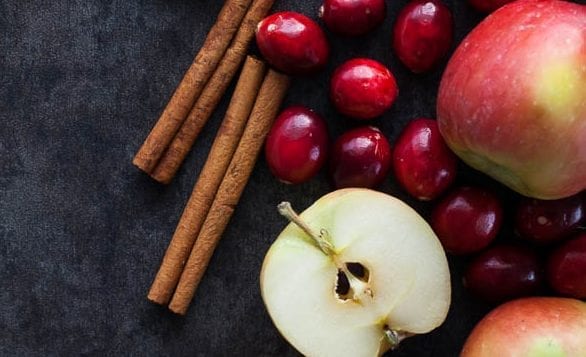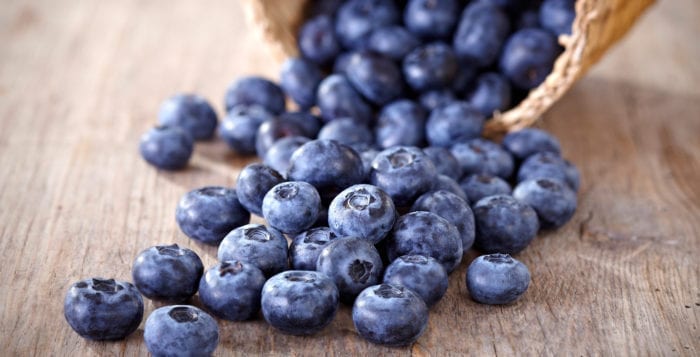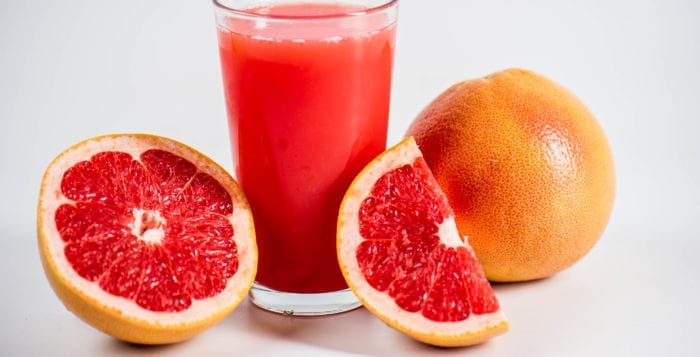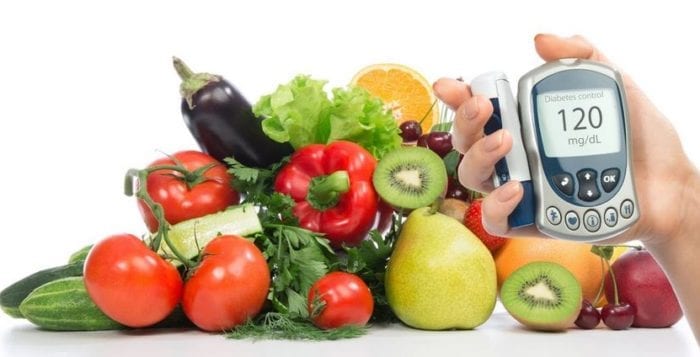By David Dunaief, M.D.

We need help, and we need it fast. Not just for COVID-19, but also for diabetes, for the combination of the two is much worse than either disease alone. Type 2 diabetes can have devastating effects that can potentially result in patients dying prematurely from cardiovascular complications (1). COVID-19 symptoms can range from asymptomatic to severe or result in death.
Now combine diabetes with COVID-19 and you are at much higher risk of severe viral symptoms that require hospitalization and ICU admission. According to the CDC, about one-third ICU patients infected with COVID-19 have diabetes (2).
Keeping patients out of the hospital
We know containment is critical to control COVID-19, but it’s equally important to get ahead of the mitigation of symptoms curve; we need to control the chronic diseases that exacerbate the virus’s severity. And Type 2 diabetes is one of the largest contributors.
We can treat and reverse diabetes by empowering patients with lifestyle changes, especially diet. This is such an issue that the Mexican Deputy Minister of Health recently alluded to the fact that poor diet over at least the last 4 decades has resulted in more diabetes and obesity making people much more susceptible to COVID-19 and progressing to severe COVID-19 (3).
It is tempting while staying at home for most of the day to want reach for comfort foods. Don’t do it. In fact, take the opposite approach and improve your diet. A whole food plant-based (WFPB) diet has been shown time and time again to prevent, treat and reverse diabetes potentially resulting in patients getting off their drugs and achieving levels that are considered normoglycemic, or non-diabetic.
Let’s look at the evidence.
Treating and reversing diabetes
Drugs help treat glucose, or sugar levels, and help reduce the risk of microvascular diseases such as diabetic retinopathy (eye disease causing blindness); nephropathy (kidney disease); and peripheral neuropathy, which can result in amputation. A few medications can even reduce macrovascular risk, or cardiovascular disease. Still, diet is still the best tool we have for reversing diabetes overall, with only beneficial side effects.
With COVID-19, those whose glucose is not under control are at highest risk of severe disease that results in a progression from hospitalization to ICU and the need for a ventilator to increased mortality risk. High sugars may have negative impacts on the white blood cells, which makes patients more susceptible to infection from viruses (4).
Medications’ impact
Diabetes medication alone can help control sugars, but it can’t reverse diabetes. In fact, studies with medication alone may actually increase the risk of death from polypharmacy, or too many medications. In the ACCORD trial, patients were put on an average of four diabetes medications. Researchers stopped the trial early after 3.5 years, because of a 22 percent increased rate of mortality (5). Patients did not reach their HbA1C (a three-month sugar reading) target of under 6.0 percent, because the increased death rate occurred at around 6.5. This was a large randomized controlled clinical trial with 10,251 patients, a mean age of 62.2 years, and mean HbA1C of 8.1 at baseline.
Reversing Type 2 diabetes: plant-based dietary approach
On the other hand, studies with a WFPB diet, have shown significant reduction in sugars and potential reversal of diabetes. These include a small retrospective study and small randomized clinical trial comparing a WFPB diet to the American Diabetes’ (ADA) recommended diet.
In a small retrospective study, the results showed a reduction of HbA1C from 8.2, which was a similar baseline as with the ACCORD trial, to 5.8 (6). Remember, the goal of the ACCORD trial was to get patients below a HbA1C of 6.0. These results occurred over a mean of seven months. In addition, patients were able to stop all of their diabetes medications and reduce their total number of medications from four to one. The side effect was better health with a significant reduction in high blood pressure to normal levels, as well.
The weakness of this study was that it was retrospective (looking backward in time), only had 13 patients, and there was no control arm. However, it suggests that this type of diet is powerful to reduce and reverse type 2 diabetes. The foods used in the nutrient-dense WFPB diet included a non-starchy vegetable-rich approach, with an emphasis on dark green leafy vegetables, whole fruits, beans, and limiting grains, especially refined grains, and limiting starchy vegetables such as sweet potatoes, winter squashes, corn and pumpkin.
In a larger study, results showed that a high fiber diet in patients with type 2 diabetes and hypertension significantly reduced HbA1C, fasting glucose, systolic (top number) blood pressure, branchial-ankle pulse wave velocity, serum cholesterol and waist-to-hip ratio, ultimately reducing the risk of cardiovascular disease (7). The participants were considered to be having high fiber if they increased their consumption 20-25 percent above recommended daily allowances. The fiber came from foods, not supplements, including vegetables, fruits, beans and whole grains. There were 200 participants over a six-month duration.
A third study, which was a randomized controlled trial comparing the 2003 American Diabetes Association (ADA) diet to a low-fat vegan diet showed that a low-fat vegan diet significantly reduced the HbA1C compared to the 2003 ADA diet in a 74-week study (8). There were 99 type 2 diabetes patients in the study. A “side effect” of the low-fat vegan diet was that it also significantly reduced cholesterol.
Preventing diabetes
There have been numerous studies demonstrating that a WFPB diet reduces the risk of diabetes. One of the best was the Adventist Health Study 2 (9). The results showed that a vegan diet reduced the risk of type 2 diabetes by 49 percent. This study is interesting because the different groups were very similar and it showed that small changes could have a big impact. Semi-vegetarians, pesco-vegetarians, and lacto-ovo vegetarians all had a reduced risk of diabetes compared to plant-focused non-vegetarians, but not as much as vegans.
In a more recent study, results showed a 30 percent reduction in the risk of type 2 diabetes for those who ate a predominantly whole food plant-based diet including fruits, vegetables and whole grains (10). Participants were still eating some animal protein daily. This was over a 2-to-28 year period in a metanalysis involving nine observational trials.
In conclusion, the best way to reduce your risk of severe COVID-19 is to control and reverse chronic disease. Type 2 diabetes is one of the most common chronic diseases that may contribute to getting COVID-19 and progressing to a severe form. A nutrient-dense WFPB diet has been shown to potentially reverse type 2 diabetes. While you are mostly housebound, empower yourself by taking action to reduce your risk of getting COVID-19 and especially the severe disease. We have the tools: it starts with what you put on your plate.
References:
(1) Lancet 389(10085):2239–2251. (2) CDC.gov. (3) Reuters.com April 4, 2020. (4) Medscape.com March 18, 2020. (5) NEJM 2008;358:2545-2559. (6) OJPM 2012;2(3):364-371. (7) ACC Middle East Conference 2019 Presentation. (8) Am J Clin Nutr.2009 May; 89(5): 1588S–1596S. (9) Diabetes Care. 2009;32:791–796. (10) JAMA Int. Med. Online July 22, 2019.
Dr. Dunaief is a speaker, author and local lifestyle medicine physician focusing on the integration of medicine, nutrition, fitness and stress management. For further information, visit www.medicalcompassmd.com.



















